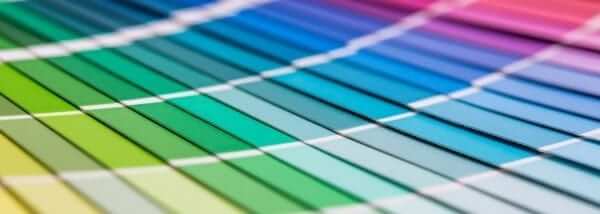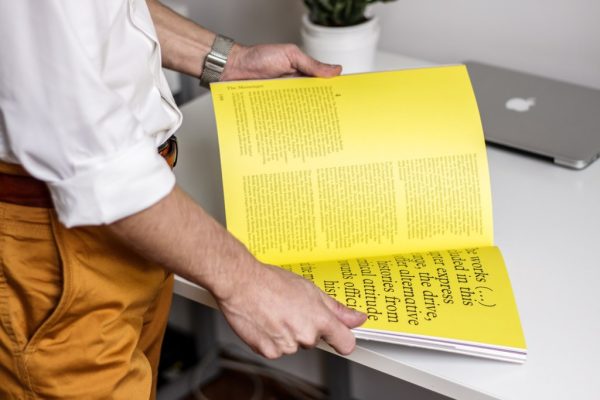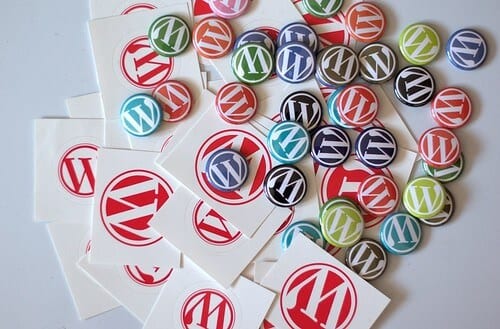Introduction
When it comes to website design, there are many elements that contribute to the overall look and feel of a site. Two of the most important elements are colour and typography. These design elements can make a huge impact on the user experience and can even affect how users perceive a brand. In this blog post, we will discuss the importance of colour and typography in website design and provide tips on how to effectively use these elements.
The Power of Colour
Colour is one of the most powerful design elements in website design. It can be used to evoke emotion, create contrast, and establish branding. When choosing colours for a website, it’s important to consider the psychology of colour as well as the overall look and feel of the site.
The psychology of colour refers to the way different colours can impact our emotions and behaviours. For example, blue is often associated with trust and professionalism, while red can evoke feelings of excitement or urgency. Green is often used to represent nature or a sense of calmness, while purple can be used to represent luxury or creativity. The colours used on a website can play a big role in how users perceive a brand, so it’s important to choose colours that are appropriate for the brand identity.
In addition to the psychology of colour, it’s also important to consider the contrast between colours. High contrast can make text and images easier to read and can draw the user’s eye to important elements on the page. However, it’s also important to ensure that the colours used are accessible for all users, including those with visual impairments.
Colour can also play a big role in branding. Consistent use of colour can help establish a brand identity and make a website more memorable. For example, the use of colours like blue and white can help establish a sense of trust and reliability for a financial institution’s website, while bright, vibrant colours may be more appropriate for a website for children’s products or toys.

The Impact of Typography
Typography is another important element of website design. It includes the font, size, spacing, and style of text on a website. Typography can be used to establish hierarchy, create contrast, and evoke emotion. When choosing typography for a website, it’s important to consider the readability of the font as well as the overall aesthetic of the site.
One important consideration when it comes to typography is font pairing. Different fonts can create different moods, so it’s important to choose fonts that complement each other and contribute to the overall look and feel of the site. In addition, it’s important to ensure that the font is legible on different devices and screen sizes.
Another important aspect of typography is the size and spacing of the text. Large headings can help establish hierarchy and draw the user’s eye to important information, while smaller body text can help make content more readable. Proper spacing between lines of text and around headings can also help improve readability and make a website more visually appealing.
When it comes to typography, it’s also important to consider the use of white space. White space refers to the areas of a website that are left blank or have minimal content. Proper use of white space can help improve readability and make a website more visually appealing. By leaving enough white space around text and images, designers can help draw the user’s eye to important information and create a more balanced layout.

Bringing it All Together
When it comes to website design, colour and typography are two of the most important elements. They can make a huge impact on the user experience and can even affect how users perceive a brand. When choosing colours and typography for a website, it’s important to consider the psychology of these elements as well as the overall look and feel of the site.
By carefully choosing colours and typography, designers can create a website that is both aesthetically pleasing and effective. It’s also important to consider the context in which the website will be viewed. For example, a website that is primarily viewed on mobile devices may require different colour and typography choices than a website that is primarily viewed on desktop computers.
Conclusion
In conclusion, colour and typography are essential elements of website design. They can be used to evoke emotion, create contrast, and establish branding. When choosing colours and typography for a website, it’s important to consider the psychology of these elements as well as the overall look and feel of the site.
By taking these factors into consideration, designers can create a website that is both visually appealing and effective. Whether you’re designing a website for your business or for personal use, be sure to carefully consider the use of colour and typography to create a website that will make a lasting impression on your users. Remember, the right colours and typography can make all the difference in creating an effective and memorable website.






